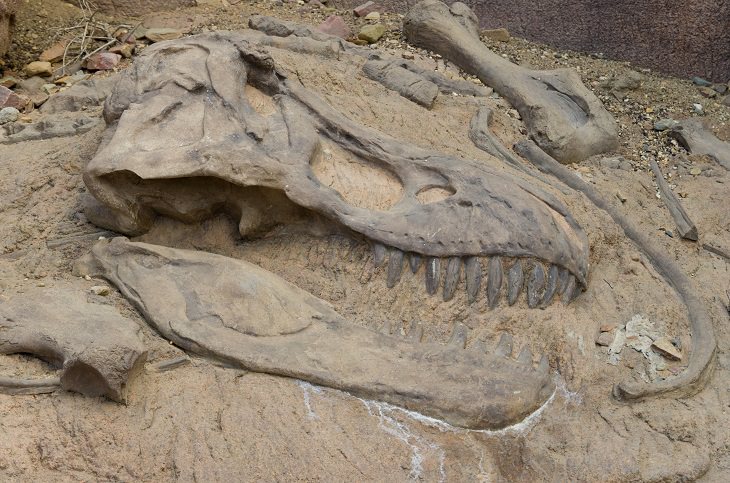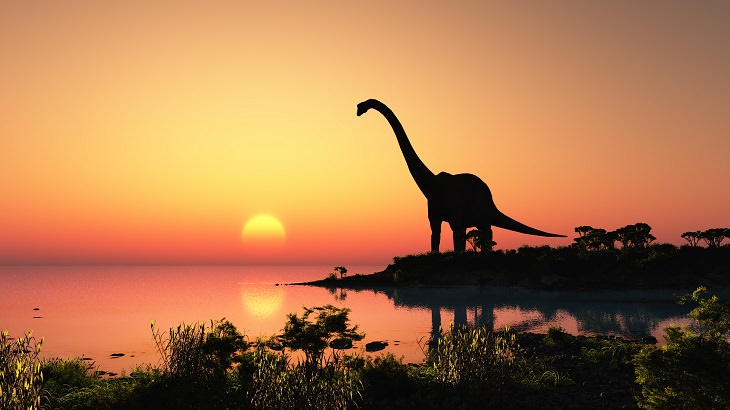
The Chilesaurus isn’t the kind of dinosaur that would kick up much of a fuss. This creature was a tiny bipedal herbivore that existed over 150 million years ago. It didn’t have sharp teeth, dangerous horns, or the huge body size that is often associated with Mesozoic celebrities. This dinosaur’s secret is a lot subtler, and it could change what we know about the dinosaur family tree.
However, paleontologists Paul Barret and Matthew Baron, have a different view on this dinosaur. They say that instead of being the black sheep of the theropod family, this dinosaur could actually be a connecting point between two groups of dinosaurs that were thought to be distantly related.

In order to understand the significance of the Chilesaurus, you must first understand something about dinosaur systematics. With the traditional understanding that has stood for over a century, dinosaurs have been divided into two major subgroups. One subgroup – the Saurischians – is made up of sauropodomorphs and theropods. The other subgroup – the ornithischians – includes the horned dinosaurs, armored dinosaurs, duckbill dinosaurs, and their kin. But then Barrett and Baron (along with David Norman) decided to shake things up earlier this year.
In their scheme, they suggest that traditional groupings have always been mixed up. In their new analysis, the theropod and ornithischian dinosaurs – previously only thought to be distantly related – actually came out as closely-related in a group they call Ornithoscelida. On the other hand, the sauropods and a group of early carnivorous dinosaurs known as Herrerasaurids, became the new members of the Saurischia.
Put it this way. Previously, the Tyrannosaurus and Triceratops were thought to be as far apart on the dinosaur family tree as can be. However, this new family tree, proposed by Barrett, Baron, and Norman, brings them a lot nearer together, sharing a closer common ancestor than ever before.
This is where the Chilesaurus comes into play. In a new paper, Barrett and Baron suggest that this dinosaur bridges the anatomical gap that exists between the Ornithischian and Theropod dinosaurs. This would help to explain why this dinosaur looks so strange for a relative of the Allosaurus – it had common ancestry with Theropods, but had features such as a beak and hip that put it closer to the group of dinosaurs that contains the likes of the Stegosaurus and Parasaurolophus. In other words, the Chilesaurus could be a transitional dinosaur.

So, should we start rewriting dinosaur books? That’s difficult to say. This new family tree is still being heavily debated among paleontologists. There are still some anatomical details that don’t add up. For example, air sacs are shared by Saurapod and Theropod dinosaurs, but not the Ornithischians. Therefore, in the traditional family tree, this would mean that the Saurapods and Theropods are closely related, whereas in the new tree, air sacs would have had to evolve twice. At the moment, we lack the fossils to know which scenario is correct.
Furthermore, the shape of this new family tree rests entirely on the anatomy of some of the first dinosaurs and their forerunners, some of which are complete head-scratchers themselves. For example, the Pisanosaurus was demoted from its status as one of the earliest Ornithischian dinosaurs to a group of lanky Protodinosaurs. Fossils that are relevant to the shape of the dinosaur family tree are still being discovered, scrutinized, and reshuffled.
This might all seem like too much information for the casual dinosaur fan, but these relationships offer us some insight into how dinosaurs evolved into the forms that humans have been fascinated with since we first discovered their bones. This debate on the dinosaur family tree is far from over, and though it may seem like a pretty innocuous dinosaur, this isn’t the last that we have heard of the Chilesaurus.
Source: theguardian
Images: depositphotos